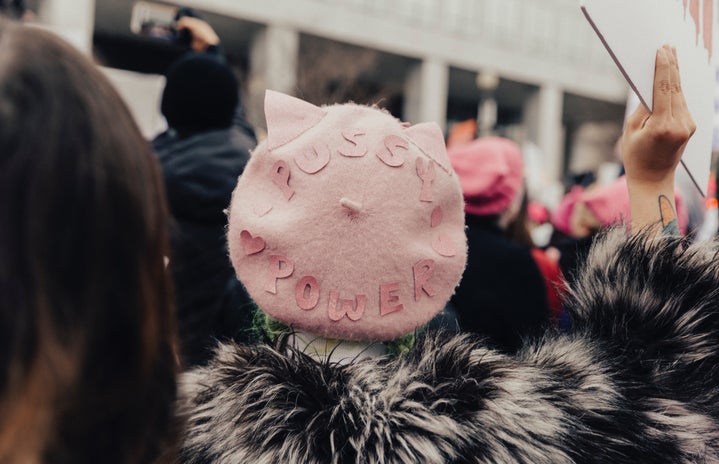May Day originated as a replacement for the pagan holiday of Belatine which was popular in the northern hemisphere to welcome spring with celebrations of youth, life, joy, and color. Since the 1880s, May 1st has also been the International Workers Day. If you paid attention in APUSH you might remember that in 1886, the May 1st Haymarket affair was a major turning point in the early labor movement as peaceful protests turned violent and deadly when labor unionists clashed with police in Chicago. Since then May 1st has been a day for protests, rallies, demonstrations, and speeches. Due to the highly controversial nature of many of the issues being highlighted as well as the tensions between the protests and police, violence is often inevitable.
Although still true to their origins in the labor movement, May Day protests have branched out to represent the whole spectrum of social issues and movements, including but not limited to: immigration, indigenous peoples’ rights, women’s rights, civil rights, socialism, anti-capitalism, anti-police brutality, corruption, and inequality. Protests today took place all around the world in countries like South Africa, Indonesia, South Korea, Germany, Puerto Rico, Chile, Russia, Italy, Myanmar, and the Philippines.
- France
-
In France, May Day is a major holiday. However, with the past few months of yellow vest-led protests becoming increasingly violent–and of course the disastrous Notre Dame fire–this year was expected to be different. Most years, demonstrators of all ages come out to march, joy and spring is in the air. This year, tear gas and pepper spray were in the air as anarchists and yellow vests disrupted a relatively peaceful protest of almost 80,000 workers. These radical activists clashed with police and engaged in the vandalism and destruction of property.
- Venezuela
-
In Venezuela, May Day is a national holiday, and the self-declared president Guaido used it as an opportunity to call upon workers to strike, civilians to rise up, and the military to aid in overthrowing the current president, Maduro. Maduro supporters also took to the streets with signs calling for tranquility and self determination as opposed to allowing foreign powers to control their country, as they fear Guaido will allow. Although not the most violent of the May Day protests this year, it is further evidence that the unrest in Venezuela is far from over.
- Seattle
-
In previous years Seattle’s May Day demonstrations for workers and immigrants rights have been peaceful affairs however oftentimes following the official march there are “self proclaimed anarchists and anti-capitalists” who act more violently and often vandalism businesses downtown. Especially violent years include 2015 and 2016. Lately the police have taken extra precaution in their efforts to control the large number of people in the streets and maintain some semblance of peace and order.
This year’s march was called the March for Immigrant and Workers Rights. Organizers said this year’s event focused on justice, equality and awareness. “We are here because of the insecurity, crime, and corruption unleashed in our countries by bad governments with the support and intervention of the U.S. We are here because of political repression and exploitation of workers and the dispossession of our natural resources and territories. We are here refusing to be victims of the few who benefit from this system and the impoverishment, displacement and death that they wreak upon on our peoples.”
I watched from my window and I saw several indigenous peoples’ groups, Black Lives Matters groups, Climate Change groups, as well as the typical labor unions like teachers and construction workers (especially after the crane collapse last week).
As May Day protests here in the US become more inclusive and successful one can only hope that the trend will continue abroad to provide everyday working people with basic rights and visibility.



